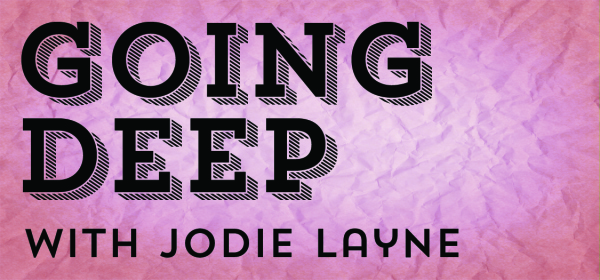Welcome, sexual voyagers, to another edition of The ABCs of S-E-X!
These columns are an attempt to cover important material that your gym teachers might have neglected in high school. We talked about gender last time; gender and sexuality often get mixed together in discussion, so it made sense to venture to sexual preference next.
To make it clear, gender is about how individuals perceive themselves, whereas sexual preference doesn’t have anything to do with your own gender. It’s all about the gender—or lack thereof—of others.
There is a good chance you are only familiar with three categories: gay, straight, and bisexual. The very common—and oversimplified—understanding is that we’re either attracted to members of “the opposite gender,” “the same gender,” or “both genders.” This becomes implicitly problematic when we operate under the knowledge that there are more than just two genders; there’s a whole spectrum! It also leaves out those who aren’t attracted to anyone. On top of this, the above mentioned, limited understanding demands that we categorize our attractions to people in a concrete way, whereas research suggests that our sexual identities are fluid and ever-changing.
Dr. Alfred Kinsey was the first to research this concept and found that humans of all genders are rarely 100 per cent hetero or homosexual; rather, he found that their sexual preferences were somewhere between the two.
Although still relevant and ever helpful, this research was conducted earlier on in our understanding of human sexuality and we know now that there is a much wider array of ways people experience their sexuality. In fact, some of us experience our romantic and sexual feelings separately. For example, someone who identifies as a woman could desire to be in relationships with only masculine people but enjoy having sex with women and men. She would be heteroromantic and bisexual, or vice versa; already we have so many possible variations of sexual orientations.
Then, there are people who identify as pansexual, meaning they’re attracted to specific people and not specific genders. They aren’t bisexual, but they don’t just have sex with people of one or two genders. They’re open to everyone in the spectrum and base their decisions on the individual person and what’s attractive about them.
To even further make “gay, straight, or bi” seem ridiculously confining, there are people who identify as polyamorous and people who identify as monogamous. People who are polyamorous are able to be in multiple relationships at one time. There are many different ways that a poly or open relationship can look (that will be saved for another column). People who are monogamous are only in one relationship at a time. Some people naturally identify as being monogamous and make a conscious choice to do so.
Alternatively, there are folks who feel no sexual attraction at all: those who identify as asexual/apasexual. People who are demisexual are people who are only attracted to someone if they have an emotional attraction or connection to them.
Finally, there are people who identify as pomosexual and people who identify as questioning. Pomosexual people reject the notion that sexuality can or should be limited to labels. Then there are people questioning their sexuality and exploring the myriad options without committing to anything as part of their identity yet.
So, as you can see, the topic of sexuality is a lot more complicated than most of us have language to explain. Learning more about different sexualities can be an important and empowering step towards discovering your own sexual identity and better understanding others’.
You can confidentially submit a question or topic to [email protected].


